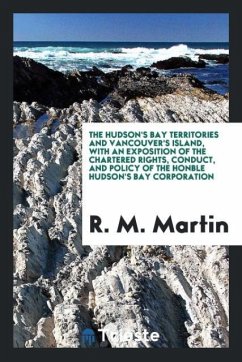The Arctic is a harsh geography that has historically been misconceived as a large ice mass, ignoring the complex strategic salience of the region. Its cold waters and frozen lands have attracted the attention of people for many years and have been the centre of discoveries and adventures. Today, however, the strategic importance of the Arctic has gone beyond discoveries and adventures. Factors, such as environmental erosion, climate change, and national or regional security complicate geopolitical dynamics in the region. This book begins by delving into the issues that have led Arctic countries to reorient their foreign policies. The geopolitical structure of the Arctic, the expansion of NATO, the emergence of new energy reserves, and the impact of climate change on the Arctic are some of the factors directly affecting the region. Then, within the framework of these influences, the policies of the eight Arctic countries are re-assessed from the perspective of international relations. This volume not only emphasises the geopolitical and strategic importance of the Arctic region, but also discusses conflicts of interest, international cooperation efforts, and possible future scenarios. The Arctic is not just a geography, but also an important part of global politics and security. This book is a guide to understanding the complex and dynamic nature of the Arctic region. CONTENTS * PREFACE SECTION I: IDENTIFYING SIGNIFICANT RISKS IN THE ARCTIC * CHAPTER 1. INTRODUCTION TO ARCTIC GEOPOLITICS. - Ferdi Güçyetmez * CHAPTER 2. WHAT THE ARCTIC MEANS TO NATO.. - Alina Bykova * CHAPTER 3. ENERGY IN THE ARCTIC: COMPLEXITY AND THINKING IN A SOCIAL DYNAMICAL SYSTEM... - Anna Soer * CHAPTER 4. IMPACT OF CLIMATE CHANGE ON THE ARCTIC.. - Rabia Kalfaoğlu SECTION II: COUNTRY-LEVEL ANALYSES * CHAPTER 1. UNITED STATES ARCTIC POLICY FROM WHITE HILLS TO BLUE WATERS. - Aslıhan Genç * CHAPTER 2. THE CANADIAN PERSPECTIVE ON INTERNATIONAL RELATIONS INSIDE THE CIRCUMPOLAR NORTH.. - Jackson Walling * CHAPTER 3. THE POLICIES OF THE RUSSIAN FEDERATION TOWARDS THE ARCTIC REGION - Ebru Caymaz * CHAPTER 4. POLICIES OF FINLAND TOWARDS THE ARCTIC REGION.. - Yeliz Albayrak * CHAPTER 5. THINKING THE ARCTIC IN SWEDISH GEOPOLITICS: POLICIES AND PRACTICES - Emre Sipahioğlu * CHAPTER 6. NORWAY'S ARCTIC POLICIES. - Allison G. Kondrat * CHAPTER 7. ICELAND'S ARCTIC POLICIES. - Jared R. Dmello and Bianca Acosta * CHAPTER 8. POLICIES OF DENMARK TOWARDS THE ARCTIC REGION.. - Veysel Babahanoğlu and Elif Miray Yazıcı CONCLUSION
Bitte wählen Sie Ihr Anliegen aus.
Rechnungen
Retourenschein anfordern
Bestellstatus
Storno








